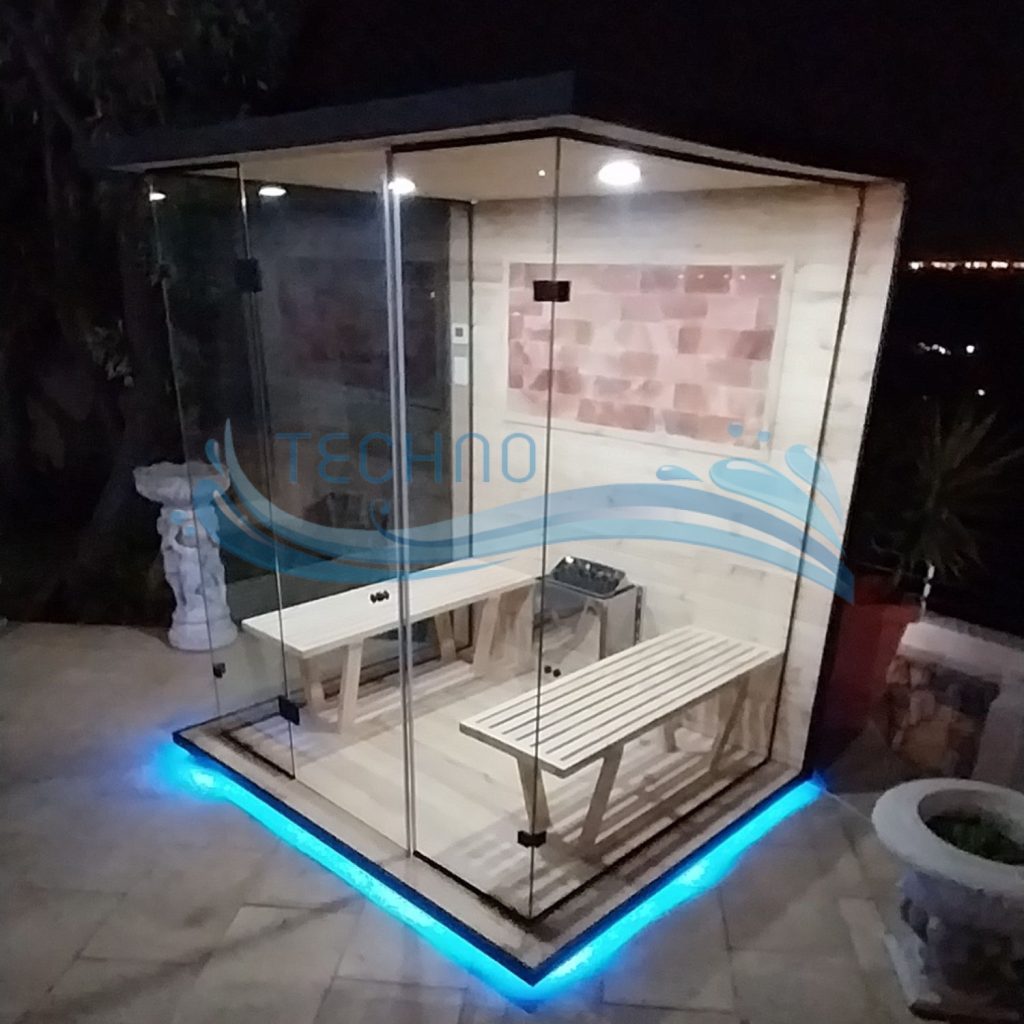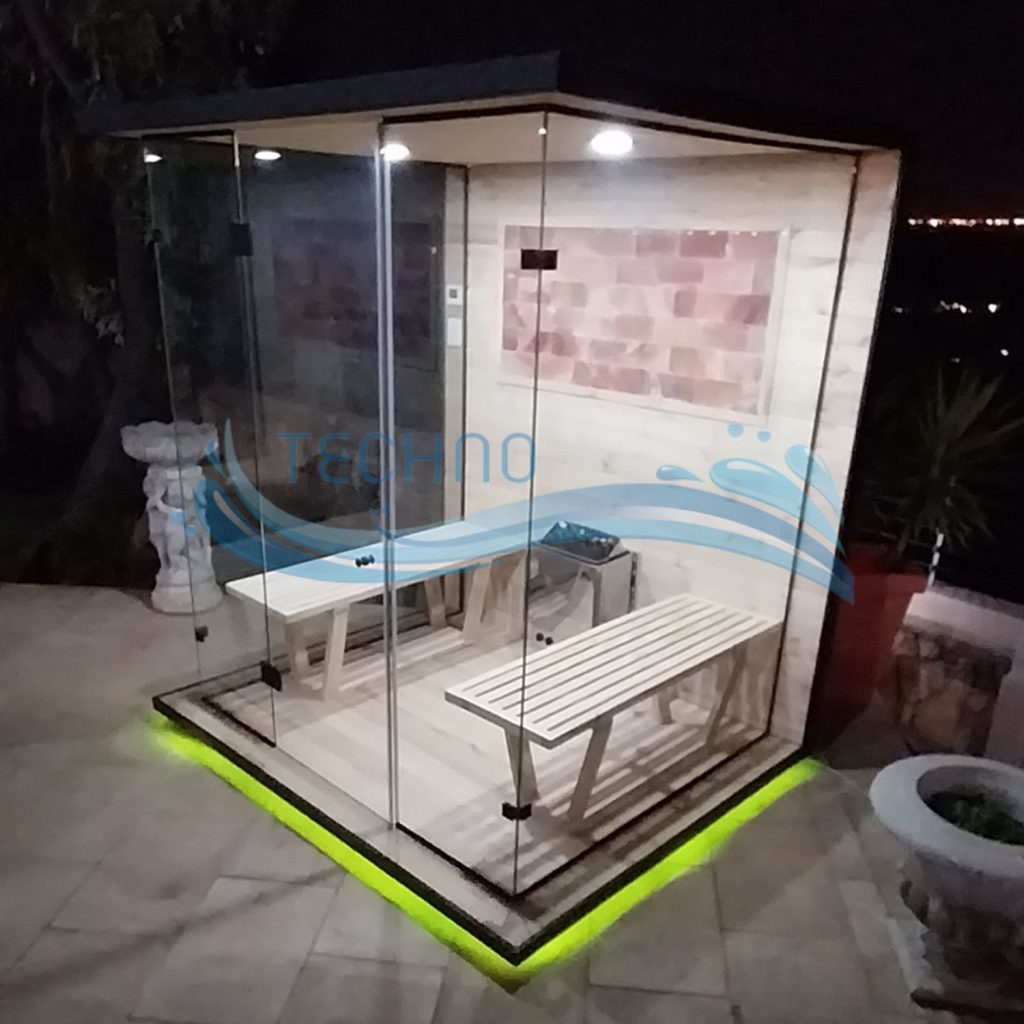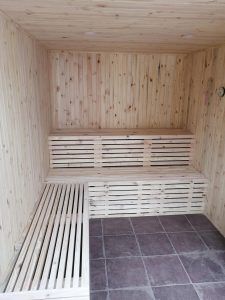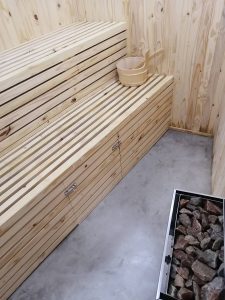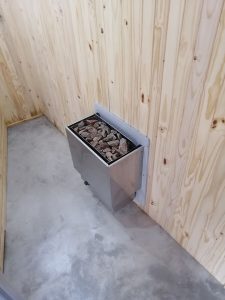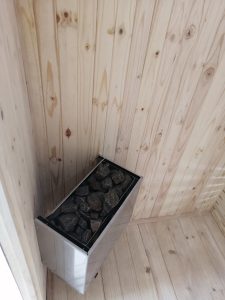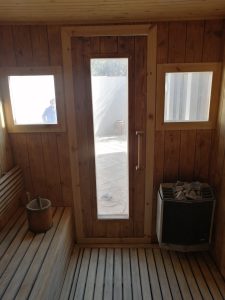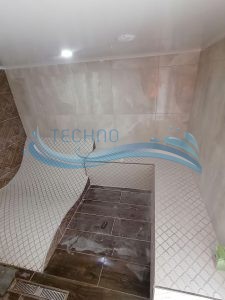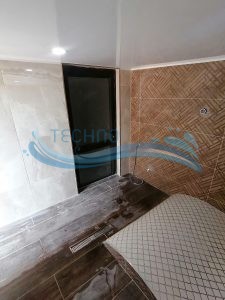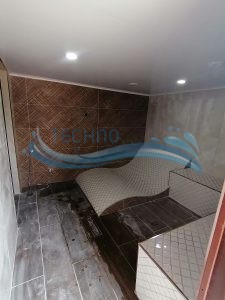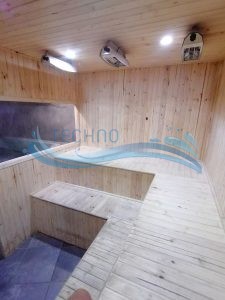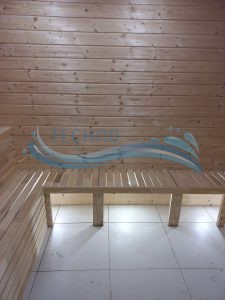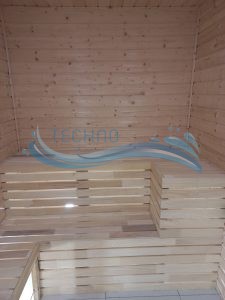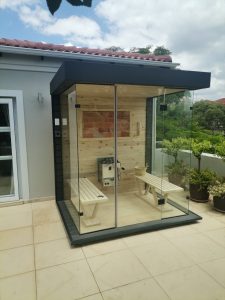our latest hot rock sauna launch
9Kw 4 Seater Hot Rock Portable Floating Sauna


FEATURES:
- Available in single or 3 phase (230v / 380V)
- Himalayan Salt Wall Insert
- Finished with Pine Wood
- LED RGB Lighting Behind Salt Section
- Shadow Line RGB LED Lighting
- 2 x Cool White LED Ceiling Mounted Lights
- Glass Surround: 8mm Toughened Safety Glass
- Matt Black Finishes
- Electrical DB Included
- 4 Person Capacity
SPECIFICATIONS:
Space Required: 2.1(W) x 1.65(D) x 2.2m(H)
Actual Sauna Dimensions: 1.8(W) x 1.5(D) x 2.1(H)
Requires a fixed electrical connection (6mm cable) & 42Amp CB.
Optional:
- Sizing and benching customisable
- Possible to convert for outdoor use
Delivery & assembly included for Gauteng area.
For outlying regions additional travel costs may apply.
